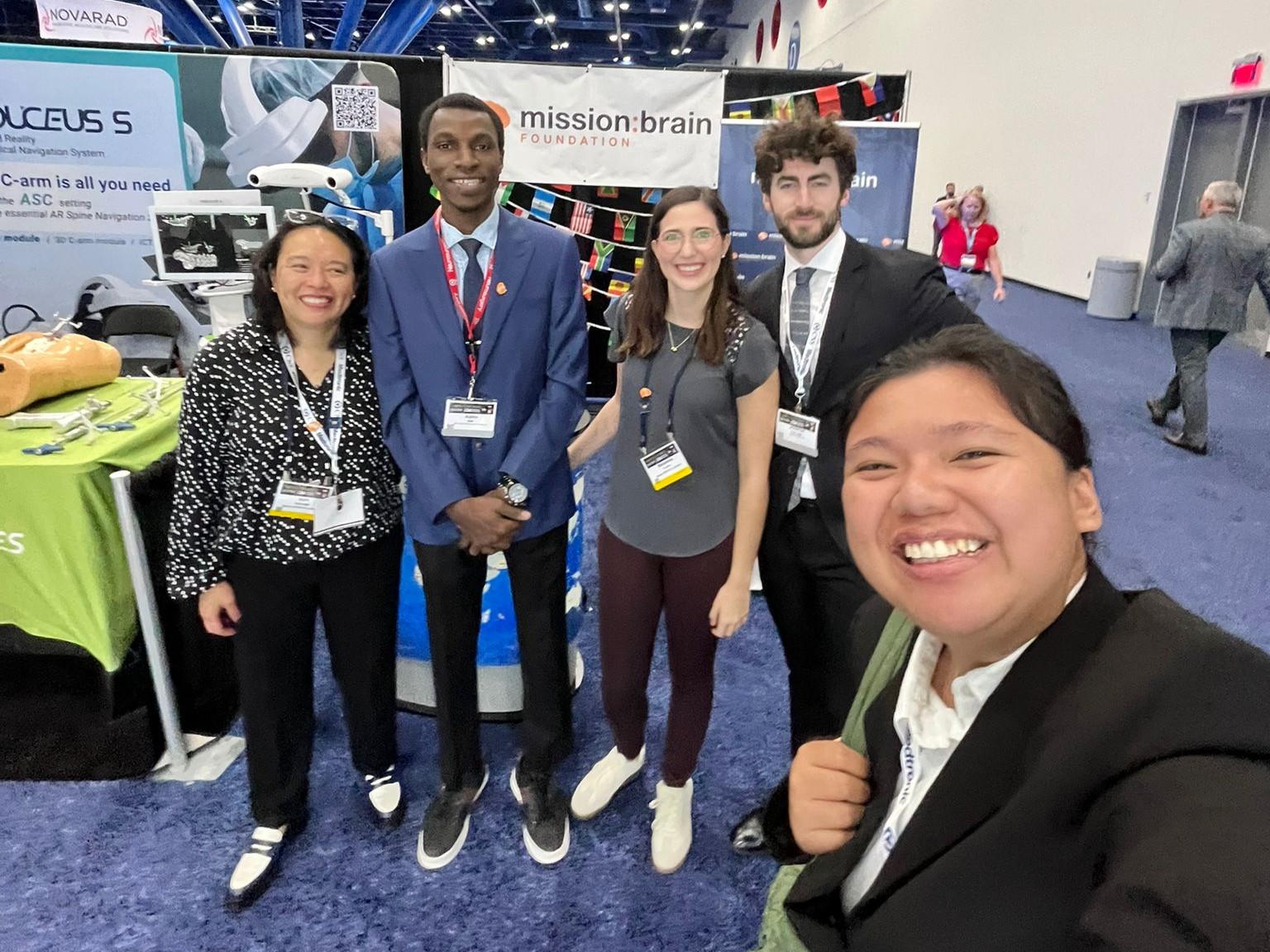During her fieldwork, Pat Lazatin focused on access to specialty care for children with Tourette Syndrome at a Center of Excellence Clinic in the United States. Her time on-site offered an up-close view of the many barriers families face in navigating a fragmented system of care, barriers that are both logistical and structural.
Pat spent her time deeply embedded in the clinic environment, where she observed one of the central challenges: the clinic was only operational every second Tuesday of the month, and only one physician in the entire hospital was trained as a Tourette Syndrome specialist. As a result, the waitlist for new patients stretched six to eight months, with the next available appointments booked into February. In the meantime, children were often referred to general pediatricians or neurologists with limited expertise in complex cases, increasing the risk of poor clinical outcomes.
Even reaching the clinic posed difficulties. Located a ten-minute walk from the main hospital entrance and surrounded by ongoing construction, the journey was especially taxing for families managing the physical and emotional needs of a child with tics. Once inside, visits were long and often stressful, as discussing symptoms sometimes triggered tic exacerbations. For many, the visit to the specialist was something to endure, not look forward to.
Pat’s research focused specifically on access to this clinic, but as she learned more, she confronted the tension between her narrow research scope and the broader systemic challenges she witnessed. “My instinct is to try to fix everything,” she reflected, “but I’m learning that systems change slowly, and that one paper alone won’t overhaul a clinic.” Instead, she began to see her research as part of a larger, collective journey toward improving care.
Choosing to root into her hope, Pat was inspired by one of her research assistants, Mahmud Bah. A fourth-year medical student from Sierra Leone, Mahmud aspired to pursue a neurosurgery residency in the U.S. with the goal of bringing those skills back home. During their work together, Pat helped secure support for Mahmud to attend a major neurosurgical conference, where she also presented research related to Sierra Leone.
At the conference, Mahmud saw a surgical microscope for the first time in his medical training. Pat asked if he’d like to share a message alongside the photo they took together. His words stayed with her:
“We are a powerful country, and if only people give us a chance, nothing is impossible. I’m seeing this microscope where two people are connected and can operate together, it is amazing. I know this is possible for Sierra Leone, if only enough people will help us, and let us do it. I believe in that. I won’t stop believing in that.”
In her fieldwork and beyond, Pat carried this belief with her: that research can be a tool for transformation, and that even the smallest steps, when grounded in empathy, rigor, and hope, can lead to a more just and inclusive health system.
